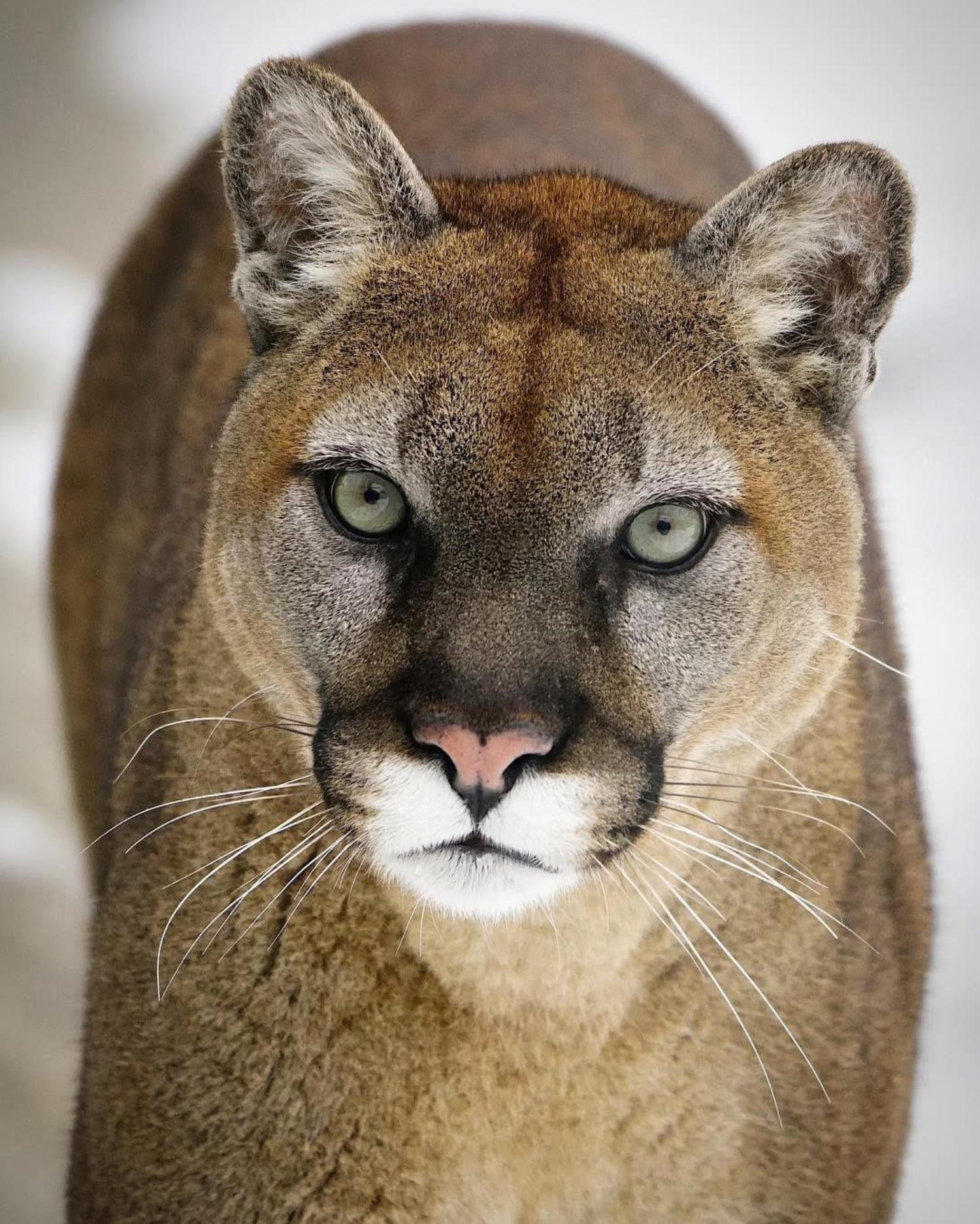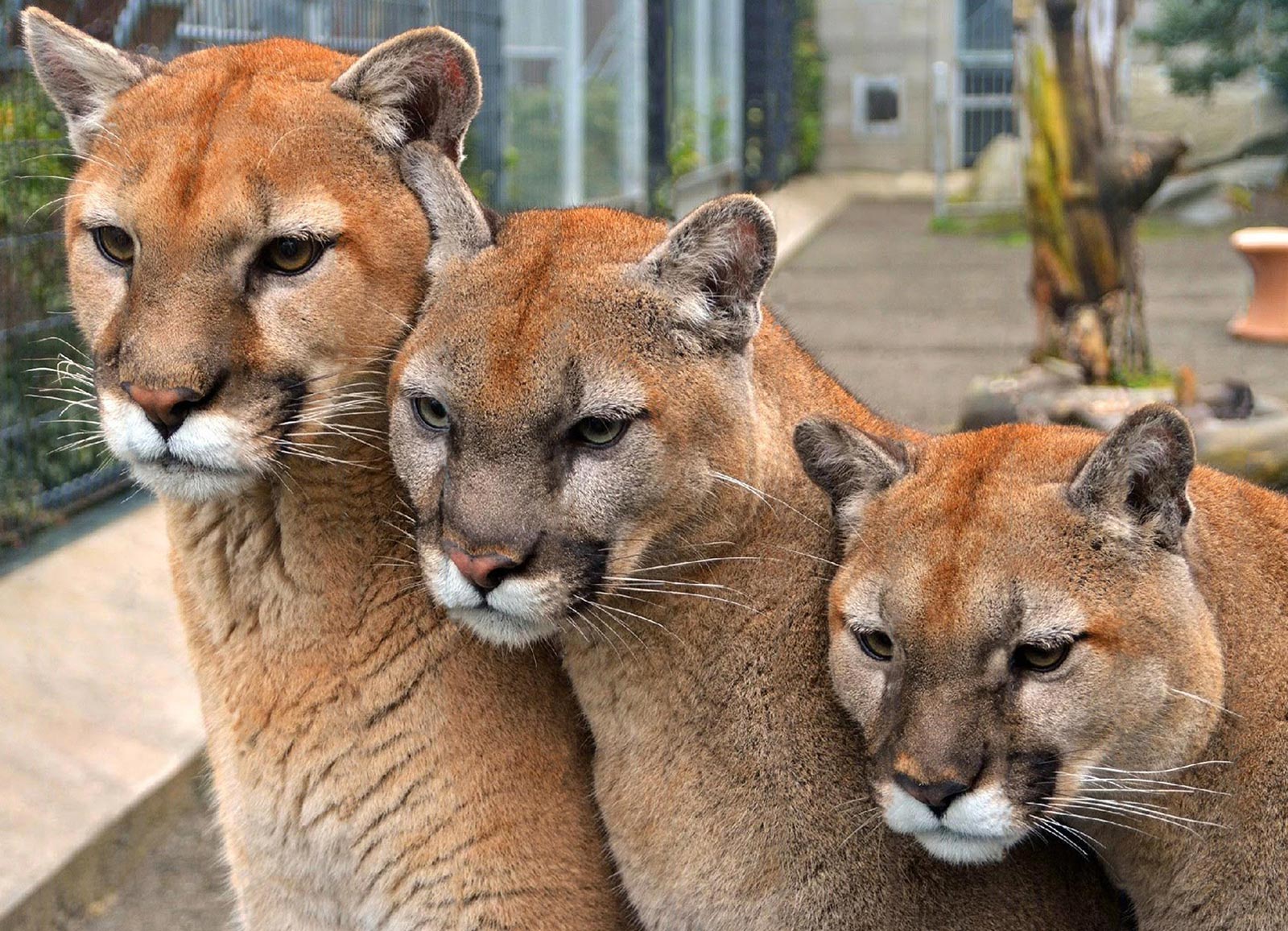Is the term "cougar" simply a modern-day label for a timeless phenomenon, or does it represent something fundamentally new? The rise of the "cougar" in popular culture, particularly in the 21st century, suggests a fascinating intersection of changing social norms, evolving perceptions of age and desirability, and the enduring human search for connection.
The term "cougar" has gained significant traction in recent years, often used to describe older women who seek romantic or sexual relationships with younger men. These relationships, while not entirely new, have become more visible and, in some circles, more accepted. The 2009 premiere of the television show "Cougar Town," for example, played a significant role in bringing these dynamics into the mainstream. This shift prompts intriguing questions about the evolving roles of women, the fluidity of societal expectations, and the ways in which we define and categorize relationships.
While the term is frequently associated with women in their 40s and beyond, there is no strict age guideline. However, the emphasis remains on a significant age difference, with the woman typically being considerably older than the man. This dynamic challenges traditional gender roles, where older men have often been portrayed as the pursuers in relationships with younger women. The "cougar" phenomenon inverts this dynamic, presenting a scenario where women take the initiative and seek out younger partners.
- Unveiling The Talent Of Merrin Dungey A Journey Through Film And Television
- Unveiling Arlene Silver Net Worth Insights Into Her Life And Career
The motivations behind these relationships are as diverse as the individuals involved. Some women may seek companionship, adventure, or a renewed sense of vitality. Others might be drawn to the physical attractiveness or playful energy of younger partners. Similarly, younger men may be attracted to the experience, confidence, and financial stability that older women often possess. Regardless of the specific reasons, the existence and increasing visibility of these relationships reflect a changing landscape of human connection and a broader acceptance of diverse relationship structures.
This isn't to say that all such relationships are without challenges. Societal judgments and misunderstandings can still be a factor, and the age gap can sometimes create unique communication or lifestyle differences. The experiences vary, as do the dynamics within any type of relationship. Nevertheless, the increasing prevalence of "cougar" relationships highlights a growing openness to unconventional pairings and a redefinition of what constitutes a successful and fulfilling partnership.
Let's delve into the topic of understanding "cougars" not from a relational context, but from the perspective of nature's "cougars" the magnificent and often misunderstood mountain lion, puma, or cougar (Puma concolor). The name "cougar" comes from the Portuguese word uuarana, which is, in turn, derived from the Tupi Indian word susuarana. It is also known by many other names.
- Mya Harrison Net Worth A Deep Dive Into The Rampb Iconrsquos Wealth
- Morgan Spurlock Net Worth 2023 A Deep Dive Into The Wealth Of The Documentary Filmmaker
In fact, the animal holds the Guinness World Record for having the most names, with over 40 English names alone. The mountain lion, puma, panther, or catamount, is a large cat species that is native to the Americas. The short answer to the question "Whats the difference between cougars, pumas, and mountain lions?" is that there is no difference. All these terms refer to the same species of large cat. Cougars are well known for having many different names, with each referring to the same species. The North American cougar (puma concolor couguar) is a cougar subspecies in North America. It is the biggest cat in North America (North American jaguars are fairly small), and the second largest cat in the New World. The cougar is the second largest member of the cat family in the Western Hemisphere (the jaguar is the largest) and the largest of the North American wild cats.
The cougar is found in many different habitats throughout North America, Central America, and South America. It inhabits north, central, and south America, making it the most widely distributed wild, terrestrial mammal in the Western Hemisphere and one of the most widespread in the world. Despite being known as the mountain lion, puma, panther and more, the different official species of cougars are limited to the South American cougar and North American cougar.
Cougars are primarily solitary animals, except during the breeding season. They are stealthy hunters, often sticking to higher elevations in order to ambush deer. Cougars are also known for their stocky builds and long tails. The cougar is unable to roar because it doesnt have the needed larynx to do so. Instead, the big cat purrs, growls, hisses, and screams, as well as whistles and chirps. They are listed as a species of least concern by the IUCN Red List, which means it is not currently facing significant threats to its survival, due to its wide distribution. However, they still face threats, and in some areas, the populations are more under threat than others.
Cougars were extirpated from the eastern and central parts of North America within 200 years following European colonization, except for the remnant subpopulation in South Florida. They have been long been killed by both sport hunters and farmers protecting their livestock. Cougars, also known as mountain lions, were once common throughout the southeast. Many ridges, creeks, swamps, and mountains were long ago named for panthers or the colloquial term "painters," both common names in this part of the country for the cougar.
If you're looking for an expert source of information on "cougar" from both a human-relational and animal-behavior perspective, here's a table that provides information on the term "cougar."
| Category | Details |
|---|---|
| Common Name | Cougar |
| Other Names (Animal) | Mountain Lion, Puma, Panther, Catamount, Red Tiger, Silver Lion, Mexican Lion, Mountain Screamer, Deer Tiger, Mountain Cat, etc. |
| Other Names (Human) | Used to describe older women in relationships with younger men |
| Scientific Name (Animal) | Puma concolor |
| Family (Animal) | Felidae (Cat Family) |
| Habitat (Animal) | North America, Central America, South America; diverse environments including forests, grasslands, swamps, and more. |
| Physical Characteristics (Animal) | Large, tan cats; second-largest cat in the Western Hemisphere; stocky build; long tail. |
| Behavior (Animal) | Solitary animals; stealthy hunters; ambush predators; various vocalizations (purrs, growls, hisses, screams, whistles, chirps). |
| Conservation Status (Animal) | Least Concern (IUCN Red List) |
| Relationships (Human) | Relationships between older women and younger men. |
| Cultural Significance | A term that has gained popularity in the media and popular culture, the term has gained significant traction in recent years, often used to describe older women who seek romantic or sexual relationships with younger men. |
| Main point of the Term | A term that defines older women and younger men in relationships |
| Reference Website | Britannica |
The term "cougar" can also be used in different languages. "Las cougars, puma en ingls, tienen ms de 40, estn solteras y todava quieren seducir, especialmen," means "Cougars, puma in English, are over 40, are single and still want to seduce, especially." This is also seen in French. "La cougar, cette femme de plus de 40 ans qui frquente de jeunes hommes, fait de plus en plus parler d'elle," means "The cougar, this woman over 40 who frequents young men, is increasingly talked about."
In the realm of "cougar" hunting of the animal species, cougar hunters may hunt cougar through March 31, except in game management units (GMUs) where the harvest cap has been reached and the WDFW director has closed the population management unit (PMU) for cougar hunting for the season.
As weve seen, the "cougar" phenomenon extends beyond any single definition. The term, whether applied to a woman or the magnificent cat, serves as a lens for exploring complex themes, from the dynamics of relationships to the intricate details of the natural world. Whether you're interested in the social trends or animal behavior, the word "cougar" invites curiosity and discussion.



Detail Author:
- Name : Sharon Langworth
- Username : hagenes.davion
- Email : hoeger.missouri@gmail.com
- Birthdate : 2000-03-05
- Address : 261 Chance Unions East Douglaschester, LA 31931-6793
- Phone : +1-801-610-7632
- Company : Pfannerstill Ltd
- Job : Outdoor Power Equipment Mechanic
- Bio : Voluptatem quis molestiae deleniti placeat odio a sint. Amet quis tenetur aspernatur officiis neque consequuntur. Consequatur facere nihil ipsam.
Socials
twitter:
- url : https://twitter.com/townem
- username : townem
- bio : Nemo velit consequuntur sequi. Eveniet qui provident illum aliquid rerum qui sapiente hic. Eligendi qui ut officia rem eveniet.
- followers : 2458
- following : 405
instagram:
- url : https://instagram.com/myrna6236
- username : myrna6236
- bio : Corporis labore impedit sunt similique. Ut ipsam enim repellendus sunt soluta odio amet tempore.
- followers : 4513
- following : 1777
facebook:
- url : https://facebook.com/myrna_real
- username : myrna_real
- bio : Facere accusamus excepturi ut rerum sed non saepe.
- followers : 6308
- following : 77
linkedin:
- url : https://linkedin.com/in/mtowne
- username : mtowne
- bio : Et id sunt sunt rem.
- followers : 1859
- following : 307